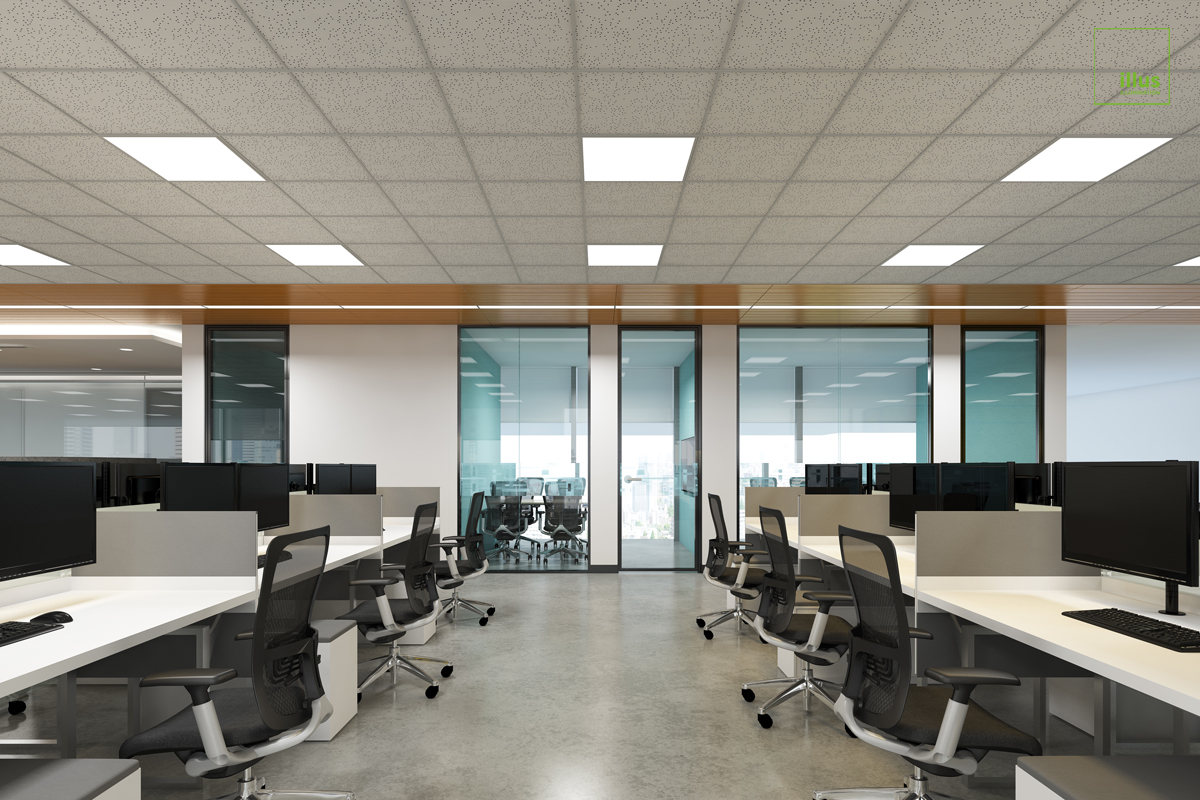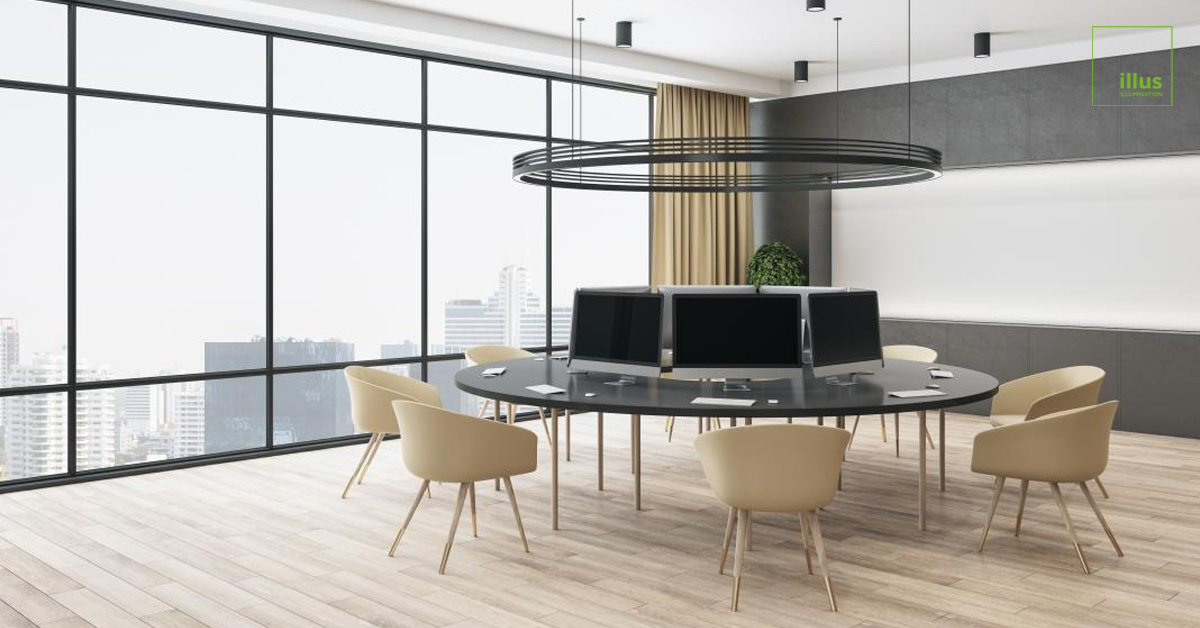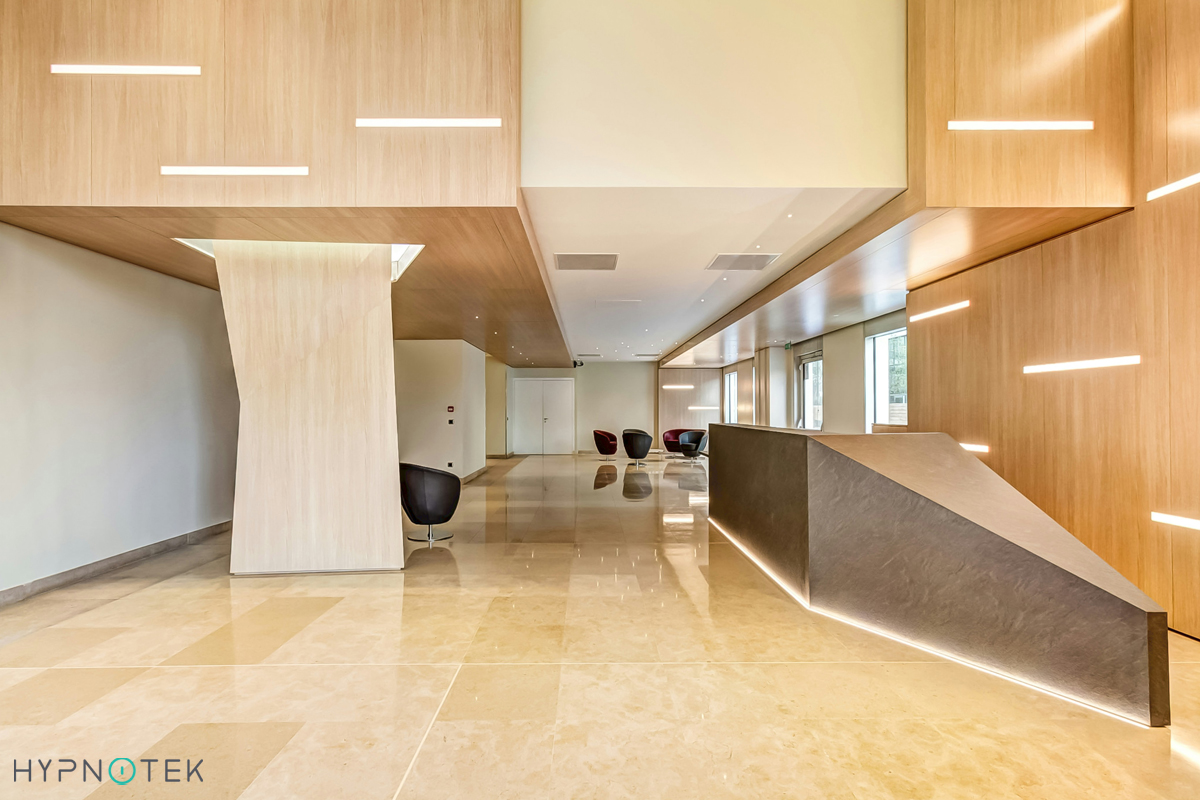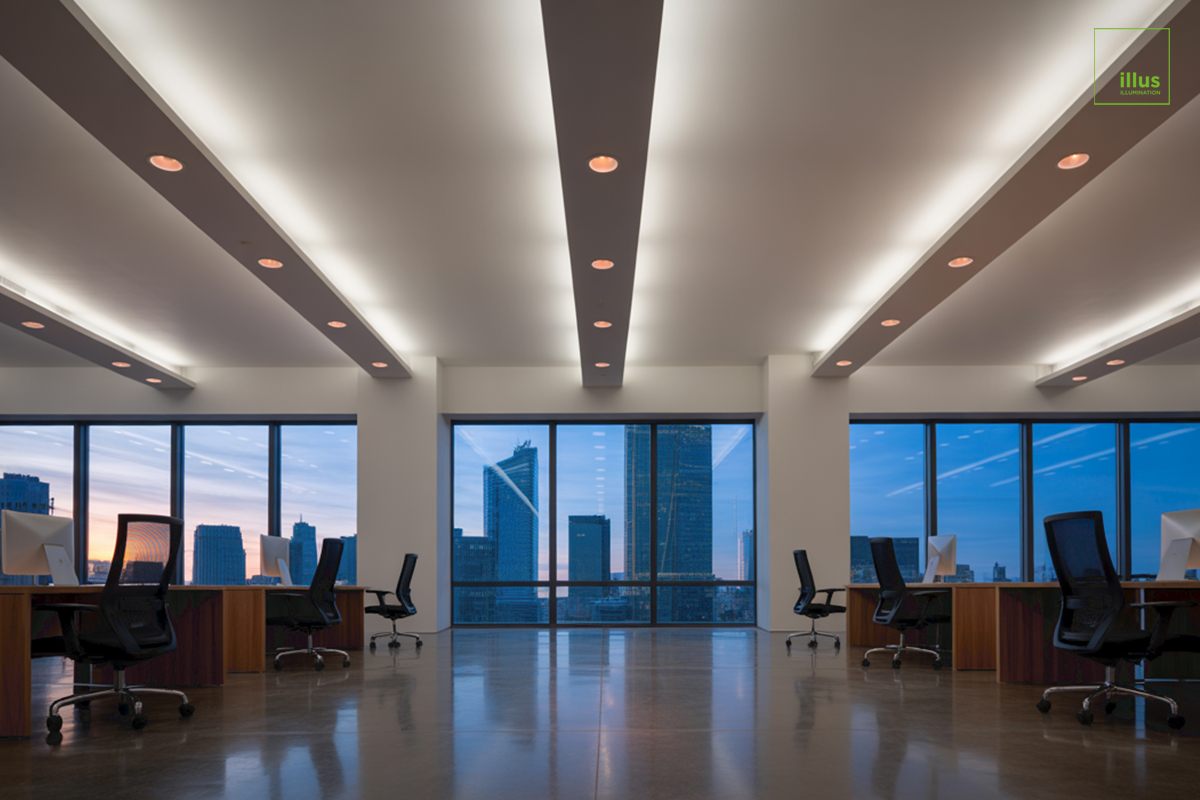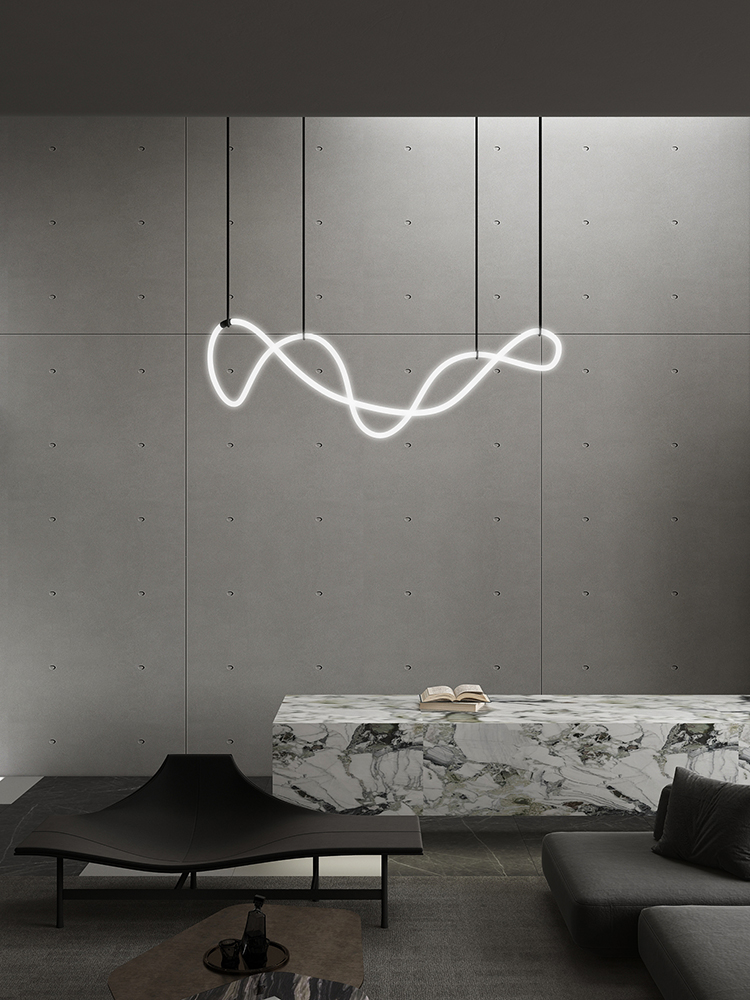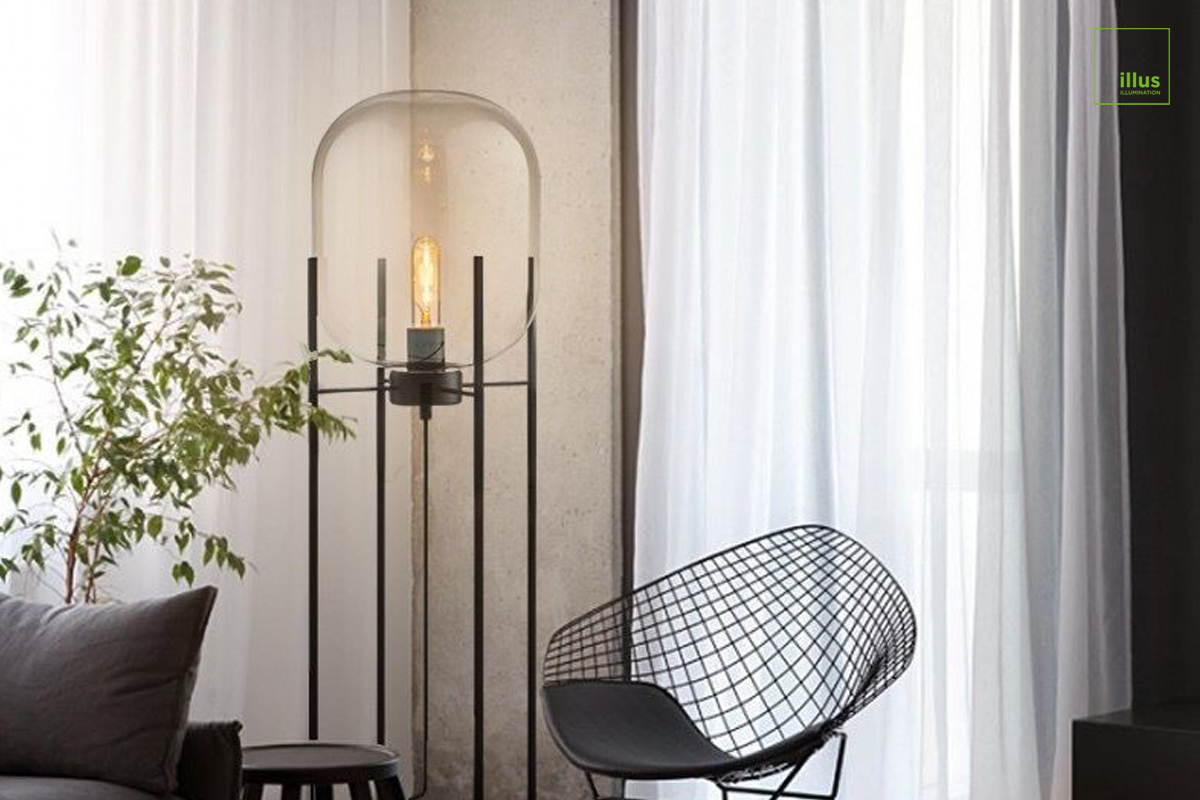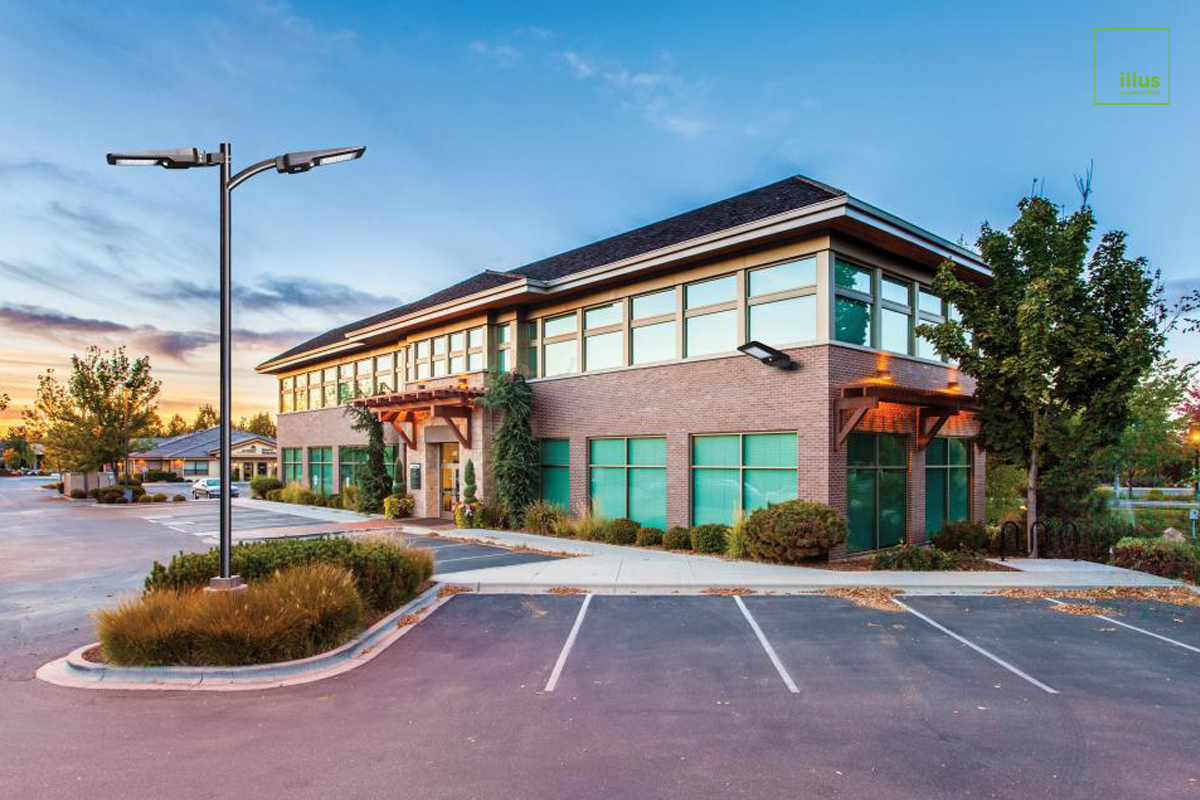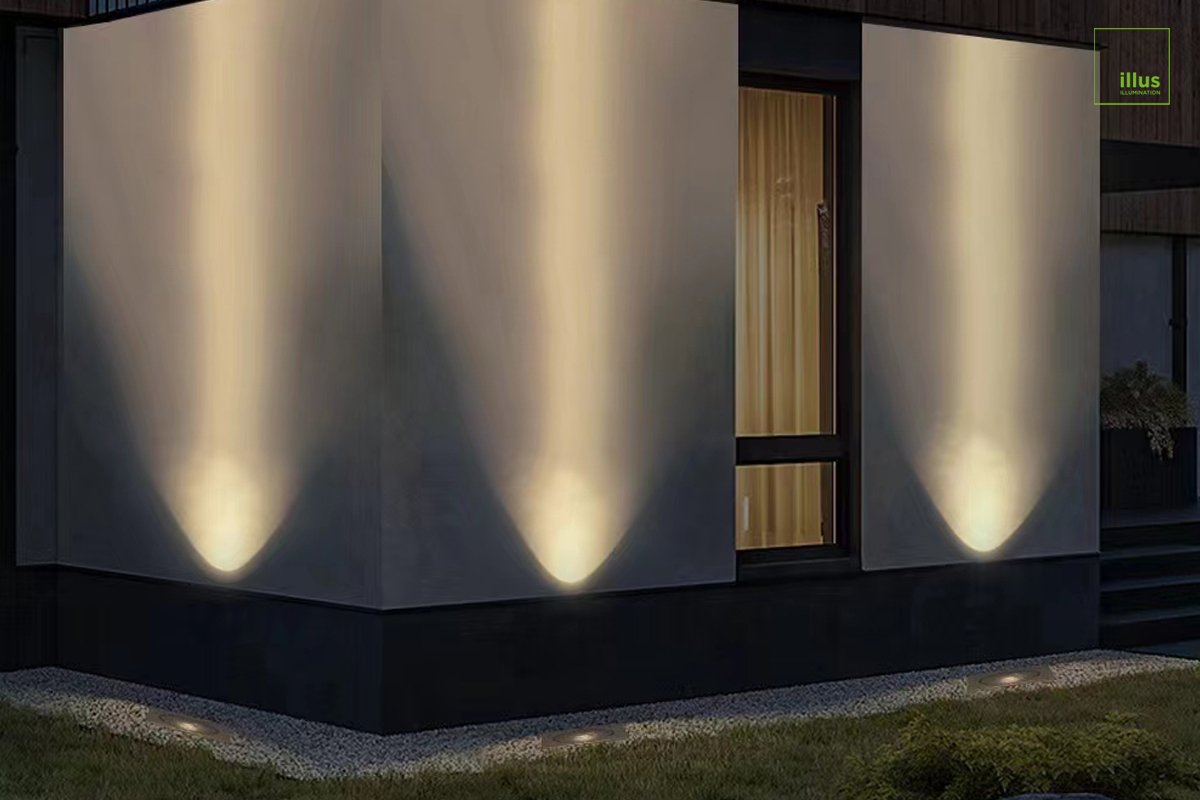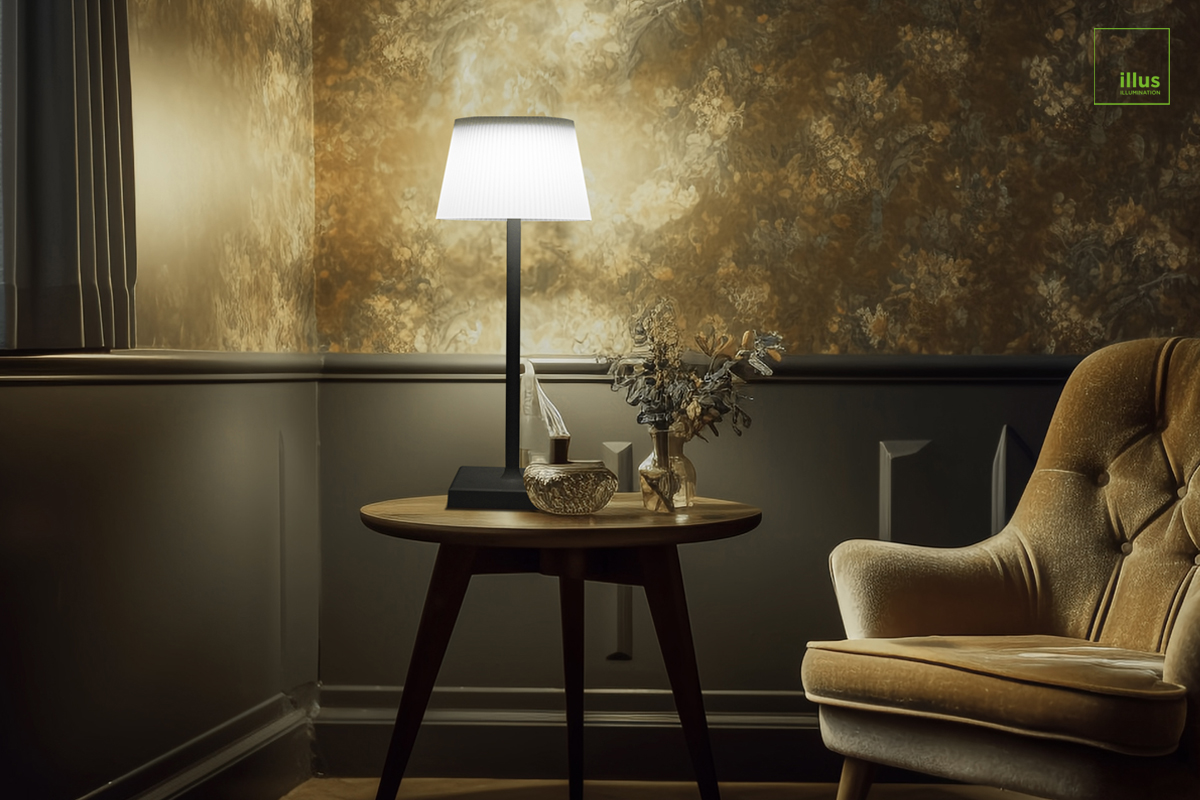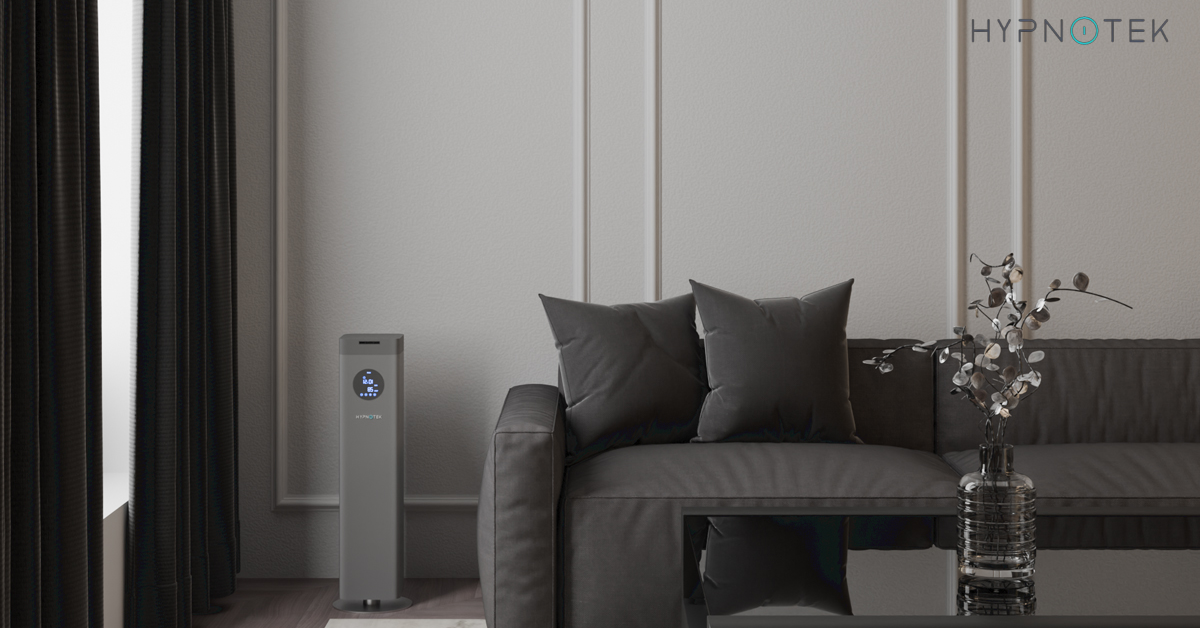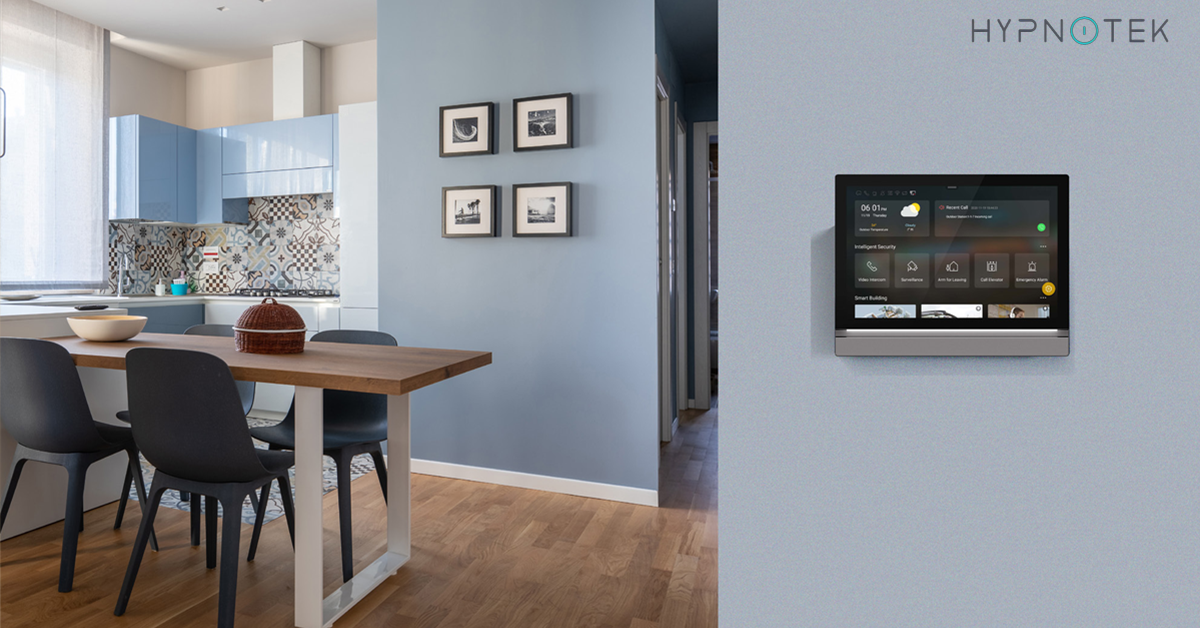Top 10 Commercial Office Lighting Ideas to Boost Productivity
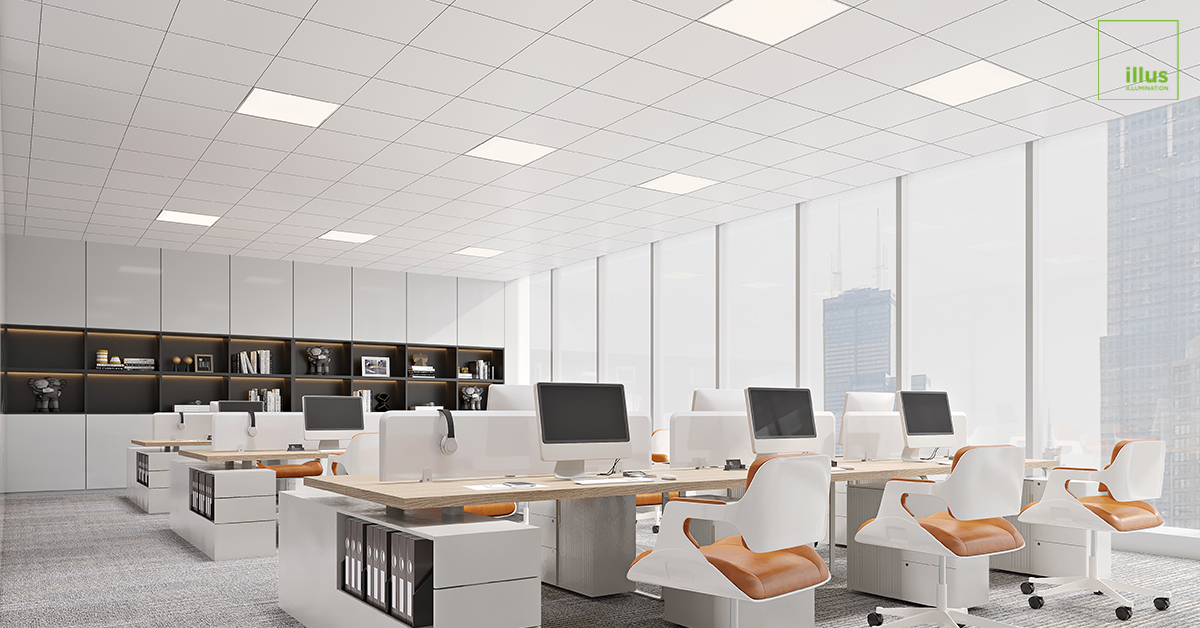
Elevate your workspace and inspire your team with well-designed lighting. In this extended article, we delve deeper into the top 10 commercial office lighting ideas to boost productivity, enhance comfort, and create a modern atmosphere. Whether you’re planning a new office lighting project or looking to upgrade existing fixtures, these strategies—rooted in human-centered design principles—will guide you toward an illuminating environment that supports focus, creativity, and well‑being.
1. Layered Lighting for Dynamic Ambiance
Layered lighting blends ambient, task, and accent lighting to adapt to varied work activities and moods throughout the day. A well-layered scheme minimizes glare, reduces eye strain, and allows employees to adjust lighting based on specific tasks.
Ambient Lighting: Provides general, uniform illumination using fixtures such as recessed LED panels, indirect cove lights, or suspended luminaires. Consider fixtures with dimming capabilities to adapt to natural light cycles. Aim for 300–500 lux in general circulation areas.
Task Lighting: Focuses light where detail work is performed. Desk-mounted office LED lighting solutions—for example, modern LED table lamps, adjustable swing-arm task lamps or integrated under-cabinet LED strips—deliver 500–700 lux at the work surface, reducing the risk of headaches and fatigue.
Accent Lighting: Highlights architectural features, artwork, or branding elements. Use LED track systems or wall-washers to draw attention to company values or awards displayed on walls.
Implementation Tips:
- Map out zones: Identify areas for collaboration, quiet work, and circulation, then assign appropriate lighting layers.
- Control Systems: Integrate intelligent lighting controls to manage each layer independently, enabling automated scenes for presentations, after-hours cleaning, or wellness breaks.
- Energy Savings: By zoning and dimming, layered designs can reduce energy consumption by up to 35% compared to uniform illumination alone.
These multifaceted lighting configurations are central to modern commercial office lighting design and support a variety of work styles while optimizing energy efficiency.
Commercial Office Lighting Design
2. Open Office Lighting with Suspended Fixtures
Open-plan layouts foster collaboration but can suffer from glare, uneven light distribution, and acoustic challenges. Suspended fixtures can address these while reinforcing design cohesion. Linear Suspended LED Systems provide continuous, uniform illumination over large desk banks. Opt for models with wide beam angles and high efficacy (≥100 lm/W) to balance brightness with low operating costs.
- Acoustic Integration: Some suspended fixtures now pair acoustic baffles or fabric wraps, absorbing sound and reducing reverberation in open-space office lighting schemes.
- Aesthetic Consistency: Coordinate fixture finishes and profiles—such as matte black, brushed aluminum, or white powder-coat—to align with office branding and furniture palettes.
- Best Practice: Position pendants 28–36 inches above the work surface for optimal glare control, ensuring even light spread without casting harsh shadows under monitors.
By leveraging these fixtures, you'll achieve a cohesive open office lighting approach that maximizes comfort and collaboration.
Open Office Lighting Solutions
3. Tunable White Light for Circadian Support
Human-centered lighting accounts for our biological needs. Tunable white systems shift color temperatures throughout the day, reinforcing natural circadian rhythms, improving mood, and sustaining focus.
- Morning Boost (6:30–9:30 AM): Cool white light (5,000–6,500 K) simulates dawn, triggering cortisol release and signaling wakefulness.
- Midday Peak (10:00 AM–12:00 PM): Neutral white (4,000–4,500 K) maintains alertness without overstimulation.
- Afternoon Transition (12:00 PM–3:00 PM): Gradually shift toward warmer tones (3,500–4,000 K) to counter mid-afternoon energy dips.
- Evening Wind-Down (After 3:00 PM): Warm white (2,700–3,000 K) fosters relaxation and reduces blue-light exposure ahead of commute home or late-day tasks.
Control Strategies:
- Smart Hubs: Use cloud-enabled controllers to automate schedules, monitor usage, and adjust profiles remotely.
- User Override: Incorporate wall-mounted interfaces or mobile apps for individual preference overrides, essential in hot-desking or flexible layouts.
Implementing office smart lighting controls in your office lighting project not only enhances wellness but can boost morning productivity metrics by up to 20%, according to recent studies.
Hypnotek Smart Lighting Solutions
4. Task-Focused Downlights for Workstations
Task downlights ensure focused illumination directly above individual work areas, reducing screen glare and shadows cast by monitors.
- Adjustable Spotlights: Aim beams precisely, minimizing light spill onto adjacent desks and reducing disturbances.
- Recessed vs. Surface-Mounted: Choose recessed fixtures for a clean ceiling plane or surface-mounted heads for exposed slab ceilings.
- Optics and Lenses: Select fixtures with narrow (15°–30°) or medium (30°–60°) beam spreads to suit desk sizes.
Performance Specs:
- Aim for a minimum of 500 lux at the desktop.
- Ensure Unified Glare Rating (UGR) remains below 19 for comfortable viewing across the workspace.
By integrating these commercial office lighting solutions, you can tailor illumination to task areas while maintaining visual comfort across the office.
5. Biophilic Lighting to Connect with Nature
Biophilic design harnesses our innate affinity for natural environments. Lighting that mimics daylight patterns or complements greenery can lower stress and elevate creativity.
- Daylight Harvesting Sensors: Automatically dim artificial lighting when daylight is sufficient. These systems can reduce energy usage by up to 40% in perimeter zones.
- Green Walls with Integrated Uplights: Use linear uplights or adjustable spot fixtures to emphasize vertical gardens, which can improve indoor air quality and acoustics.
- Nature-inspired Fixtures: Select luminaires with organic forms (‘cloud’ panels or leaf-like pendants) to reinforce the connection to nature.
A recent retrofit in a San Francisco startup featured dynamic light cues and a 20-foot living wall, resulting in a 15% reported increase in employee satisfaction and a 10% decrease in sick days. Incorporating these biophilic elements into your commercial office lighting design will yield tangible benefits in morale and retention.
360° Neon LV Strip Flex Lights
6. Decorative Pendants for Collaborative Zones
Collaboration areas benefit from statement fixtures that signal informal, creative zones distinct from focused work desks.
- Clustered Pendants: Suspend multiple small pendants at varying heights over lounge seating or round tables to create an intimate gathering space.
- Material and Finish Selection: Glass globes diffuse light softly, while metal shades add industrial flair. Consider textile-covered pendants for acoustic dampening.
- Dimmer Integration: Provide adjustable controls to shift ambiance from lively brainstorming sessions to quieter focus clusters.
- Design Consideration: Ensure pendants don’t obstruct sightlines or interfere with audiovisual equipment in huddle rooms. Aim for a mounting height of 30–38 inches above table surfaces.
By integrating decorative pendants in your commercial office lighting ideas, you foster distinct zones that support varied work modes.
Luxury Indoor Decorative Lights For Public Areas
7. Backlit Wall Panels for Soothing Background Illumination
Backlit panels offer uniform, low-glare light that balances contrast between brightly lit work surfaces and darker wall planes.
- LED Lightboxes: Ultra-thin panels can be recessed into drywall or mounted behind translucent acrylic panels for a sleek appearance.
- Color-Changing Options: Use RGBW panels in reception or event spaces to align with branding or special events.
- Integration with Graphics: Backlit branded graphics or wayfinding signage enhances both function and aesthetics.
- Technical Tip: Select panels with a Color Rendering Index (CRI) of 90+ for true color representation and minimal flicker (frequency ≥ 1,200 Hz).
Showcase these features in your next office lighting project proposal to deliver visual comfort and design impact.
8. Smart Sensor Integration for Energy Efficiency
Sustainability and cost control are critical. Sensors reduce wasted energy by ensuring lights operate only when needed.
- Occupancy Sensors: Use dual-technology (PIR + ultrasonic) for reliable detection in private offices and open areas.
- Daylight Sensors: Calibrate to maintain target lux levels at work surfaces, dimming fixtures when sufficient daylight is present.
- Data Analytics: Advanced systems log occupancy and usage patterns, highlighting areas for optimization or behavioral interventions.
- ROI Data: In a recent commercial retrofit, integrating sensors cut lighting energy costs by 45%, achieving payback within two years.
This hallmark of office smart lighting aligns sustainability goals with operational savings across global workspaces.
LED Solar Street Lights For Parking Lot
9. Cove and Cove-Style Indirect Lighting
Indirect uplighting softens contrasts, reduces ceiling glare, and visually expands space, making office interiors feel more open and inviting.
- Perimeter Coves: Install within dropped ceiling recesses or decorative bulkheads. Use continuous LED strips with diffusers to prevent hotspots.
- Feature Cove Niches: Create illuminated niches in break areas or lounge walls to highlight art or signage.
- Variable Color Temperature: Consider tunable cove light strips to shift ambience throughout the day.
* Design Tip: Maintain at least 4–6 inches of wall offset for optimal light spread. Target 100–150 lux of uplight to enhance spatial perception.
Incorporating cove lighting into open space office lighting schemes will unify diverse zones and enhance overall well-being.
Outdoor Recessed LED Up-Lights
10. Personalized Desk-Integrated Lighting
Empower employees with control over their own lighting conditions, fostering autonomy and satisfaction.
- Rail-Mounted Fixtures: Flexible systems allow users to slide and angle lights along a horizontal rail above workstations.
- USB-Powered LED Task Lights: Plug-and-play options support hot-desking without rewiring, delivering 5,000 K light at up to 800 lux.
- Personal Controls: Include touch-sensitive dimming and tunable white settings directly on fixtures.
- Trend Insights: As hybrid and flexible work models prevail, individualized office LED lighting solutions are critical for maintaining consistent experiences across diverse spaces.
By offering these personalizable fixtures, your commercial office lighting design will stand out in competitive bids and RFPs.
Elegant LED Table Lamp For Hospitality
Bringing It All Together
Implementing these top 10 commercial office lighting ideas in your next project will refresh aesthetics and drive tangible improvements in employee well-being, collaboration, and productivity. At Illus Lighting, we specialize in end-to-end commercial office lighting solutions tailored to your brand identity, operational requirements, and global standards.
Our process:
- Consultation & Site Analysis: We assess existing conditions, daylight availability, and user needs.
- Conceptual Design & Renderings: Leveraging human-centered lighting principles, we craft detailed mockups with photometric studies.
- Specification & Controls Integration: We select premium fixtures, sensors, and office smart lighting systems, ensuring interoperability and future-proofing.
- Installation & Commissioning: Onsite setup, calibration of tunable white schedules, and user training.
- Ongoing Support: Remote monitoring, maintenance plans, and updates as your workspace evolves.
Ready to transform your workspace? Contact Illus Lighting today for a complimentary lighting master plan and experience how our solutions can illuminate productivity, wellness, and brand impact.
